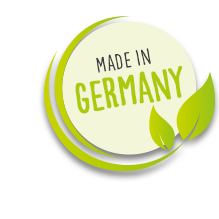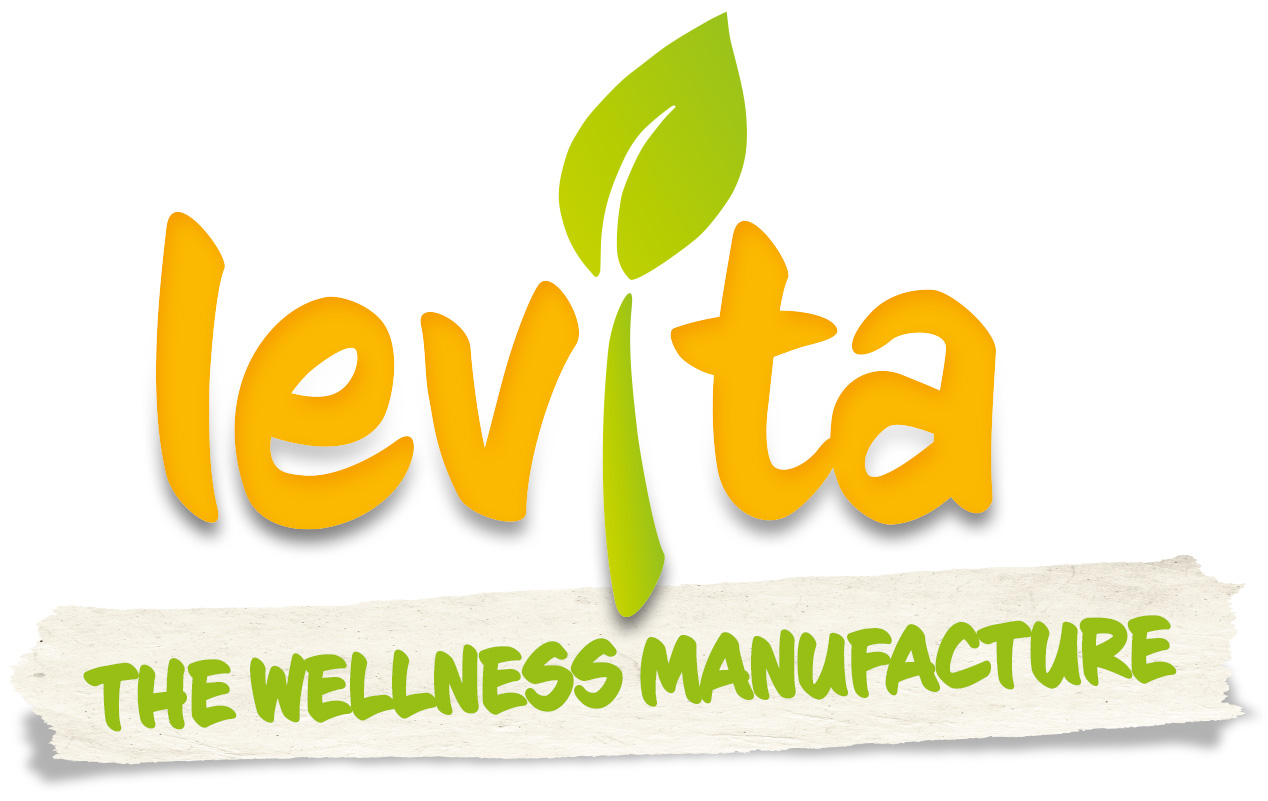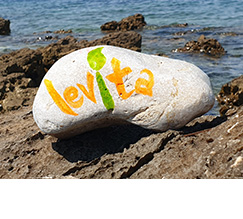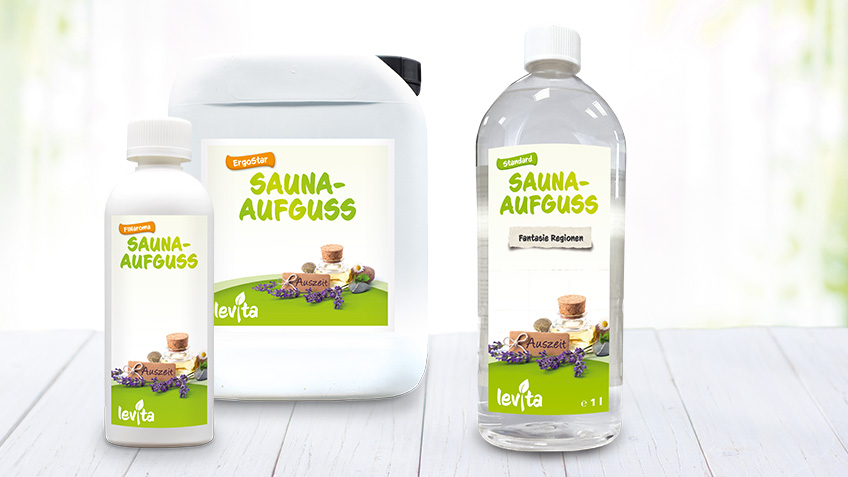The Production of sauna infusion concentrates:
Our sauna infusions essentially consist of three components,
- the fragrance
- if necessary, a solubiliser or emulsifier, and the diluent
- and the diluent, also called carrier.
Whenever possible, natural products are used as fragrances. These are mainly essential oils, but also plant extracts or oleoresins.
If it is not possible to create a fragrance using a natural product because it is too expensive, such as rose oil, or because it would not be advisable for health reasons, we opt for a nature-identical product. These are mainly nature-identical aromas that are used in food production.
For perfumery fragrances, which can neither be created from essential oils nor from aromas, perfume oils, as they are also used in the cosmetics industry, are used.
Since the fragrance itself would be much too strong for use in the sauna and is also rarely water-soluble, it is diluted with a carrier. As a rule, the carrier of sauna fragrances is alcohol, usually ethanol or isopropyl alcohol. Both alcohols are common on the German market, but we prefer ethanol because of its neutral scent.
Propylene glycol is also a very popular carrier material because it is completely odourless. The essential criterion for the choice of carrier material is the water solubility of the infusion concentrate in order to guarantee the sauna master a safe infusion. In some cases, an emulsifier must be added to the fragrance-carrier mixture so that the fragrance and the carrier material combine completely and the solution can be mixed with the infusion water at the end. Whether fragrance, emulsifier or carrier, we only use raw materials that comply with Ph. Eur, DAB, cosmetics or food regulations.
We select packaging - bottles and canisters - according to their technical suitability. On the one hand, this means that our packaging is suitable for the liquids it contains and that the contents can be easily removed - if necessary by means of a syringe insert or spout. Our sense of quality also includes the fact that we produce all products fresh every day in order to always supply our customers with fresh goods with an optimal shelf life.
A clear, individual scent statement of each sauna infusion concentrate is an essential quality feature for us. In addition, we do not use any raw materials that come from tropical forests, whose plants of origin are protected by nature conservation laws or whose influence on health could be questionable. We pay attention to changes in such guidelines and adapt our recipes if necessary.
Minimising risks when using sauna infusions
The first priority when using sauna fragrances of any kind is to adhere to the manufacturer's dosage instructions. The safety data sheet for each infusion agent should be available and to hand before the first use in the establishment. It is also important to remember that the safety data sheet for citrus infusion from manufacturer A is not necessarily applicable to the infusion of the same name from manufacturer B.
The water that is mixed with the infusion concentrate should be at room temperature; some products do not dissolve well in cold water.
As a matter of principle, infusions should only be carried out by trained staff and never by sauna guests. Before the fragrance-water mixture is poured onto the hot stones, it should be stirred again briefly with the infusion ladle to ensure that the infusion water is optimally dissolved on the stoves. Products whose shelf life has expired may no longer be used. As their disposal is not always straightforward, the manufacturers will be happy to provide you with advice and assistance.
Hazards can also be avoided during storage. Sauna infusions are chemical substances and must be stored in a cool and dry place. It is especially important to carefully close bottles and canisters after use. A spout should only be on the canister for dispensing, and the tightly closing lid should be screwed back on after use. Canisters and bottles are also best stored upright. Lying down, there is a risk that very low-viscosity products will gradually seep through the threads of the screw caps.






